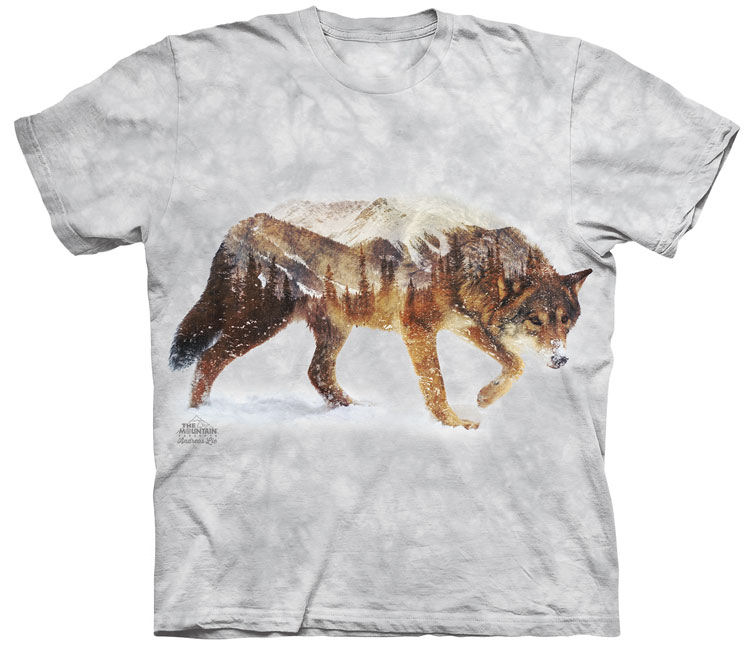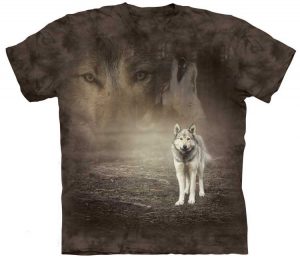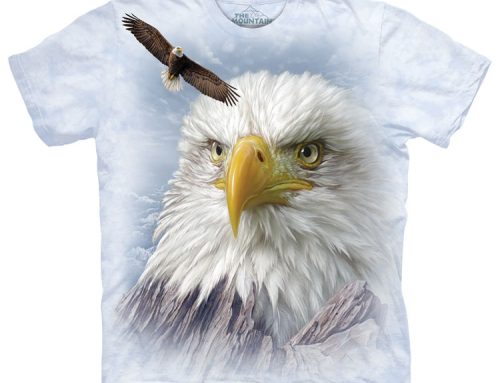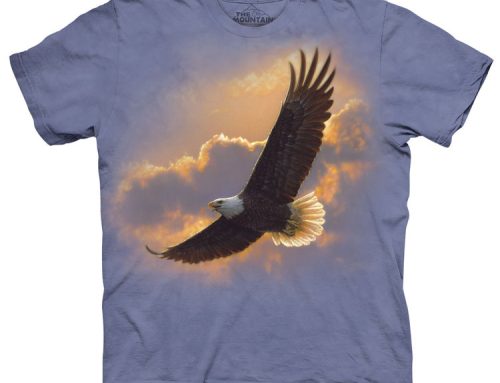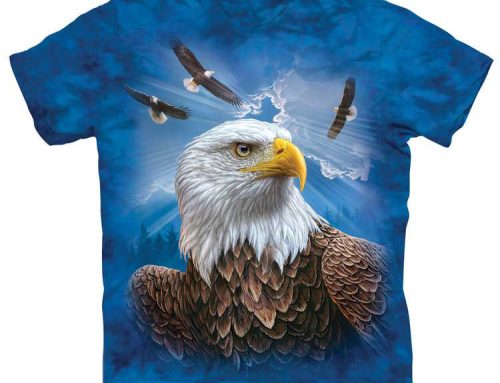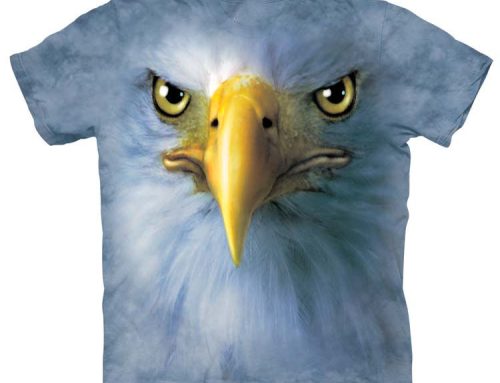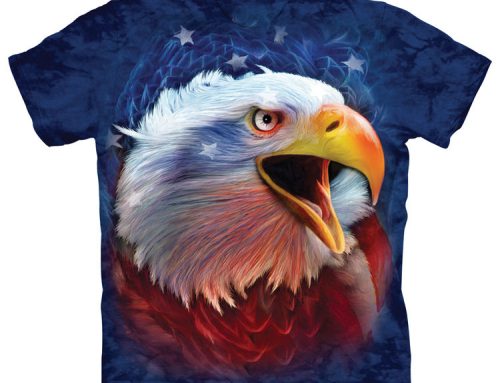Wolf Enthusiast’s Guide: What is the Largest Species of Wolf?
For wolf lovers and enthusiasts alike, the question “What is the largest species of wolf?” sparks a sense of awe and curiosity. Wolves are majestic creatures, with various species exhibiting unique characteristics and behaviors. Among these, one species stands out for its impressive size and presence: the Gray Wolf, also known as Canis lupus. In this guide, we will delve into the fascinating world of wolf species, exploring the characteristics that make the largest wolf truly remarkable. Join us as we uncover the secrets behind these magnificent animals and their place in the wild.
Introduction to Wolf Species
Fascination with Wolves
Wolves have captured human imagination for centuries. Their enigmatic presence in folklore and mythology reflects our deep-rooted fascination with these creatures. Whether depicted as fearsome predators or noble pack leaders, wolves hold a unique place in our cultural consciousness. Their social structure, hunting prowess, and communication skills provide endless intrigue for wolf lovers. Observing wolves in the wild, understanding their behaviors, and learning about different wolf species offer insights into their complex world. This fascination is not just limited to their majestic appearance but extends to their role in ecosystems, where they maintain balance and biodiversity. From ancient tales to modern wildlife studies, wolves continue to captivate and inspire curiosity and admiration across generations.
Variety Among Wolf Species
Wolf species exhibit remarkable diversity in size, habitat, and behavior. The Gray Wolf (Canis lupus) is the most widely recognized, but there are several other species and subspecies, each with unique traits. For instance, the Arctic Wolf thrives in the icy tundras, while the Ethiopian Wolf inhabits the highlands of Ethiopia. Red Wolves, smaller and more slender than their gray counterparts, primarily reside in the southeastern United States. Then there’s the Indian Wolf, which is adapted to the warm, arid regions of the Indian subcontinent. Each wolf species has evolved to fit its environment, leading to variations in physical characteristics such as coat color, size, and hunting strategies. This variety among wolf species highlights the adaptability and resilience of these magnificent animals, making them a subject of endless study and admiration.
Discovering the Largest Wolf
What is the Largest Species of Wolf?
When asking “What is the largest species of wolf?”, the answer invariably points to the Gray Wolf, or Canis lupus. Specifically, the Northwestern Wolf, a subspecies of the Gray Wolf, holds the title for being the largest in terms of size and weight. Males can weigh up to 175 pounds and measure up to 7 feet from nose to tail. These wolves inhabit regions across North America, particularly in Alaska, Canada, and parts of the northern United States. Their impressive size aids them in hunting large prey, such as elk and bison, showcasing their role as apex predators. The Gray Wolf’s size and strength make it a formidable presence in the wild, symbolizing the untamed and rugged nature of its habitat. This largest wolf species not only captivates with its physical attributes but also plays a crucial role in maintaining ecological balance.
Physical Characteristics of the Largest Wolf
The Gray Wolf, particularly the Northwestern Wolf, boasts impressive physical characteristics that distinguish it as the largest wolf species. Adults typically stand between 26 to 32 inches at the shoulder, with males generally larger than females. Their muscular build is complemented by a dense, double-layered coat that provides insulation against harsh climates. Coat colors can vary significantly, ranging from pure white to shades of gray and black, often with a mix of colors that provide effective camouflage.
Their large paws are adapted for traversing diverse terrains, from snow-covered landscapes to rugged mountains. Sharp, powerful jaws and strong teeth enable them to take down and consume large prey. The Gray Wolf’s keen senses, including exceptional hearing and a strong sense of smell, further enhance their hunting efficiency. These physical attributes not only underline their status as the largest wolf but also highlight their adaptability and survival skills in the wild.
Habitat and Range of the Largest Wolf
The largest wolf species, the Gray Wolf, thrives in a variety of habitats across a broad range. Historically, Gray Wolves inhabited vast areas across North America, Europe, and Asia. Today, their range is more fragmented but still extensive, with significant populations in Canada, Alaska, and parts of the northern United States, including the Rocky Mountains and the Great Lakes region.
These wolves are highly adaptable, living in environments that range from dense forests and tundras to arid plains and mountainous regions. Their adaptability to diverse habitats is a testament to their resilience and survival skills. Gray Wolves require large territories to support their packs, often ranging over hundreds of square miles to hunt and find mates. The ability to thrive in different environments and maintain such expansive ranges underscores their status as apex predators and highlights the critical role they play in maintaining ecological balance within their habitats.
Conservation and Importance
Protecting Wolf Populations
Protecting wolf populations is crucial for maintaining ecological balance and biodiversity. Wolves play a key role as apex predators, helping to control the populations of herbivores like deer and elk. This, in turn, prevents overgrazing and promotes healthy vegetation growth, which benefits numerous other species in the ecosystem. However, wolves face numerous threats, including habitat loss, human-wildlife conflict, and illegal hunting.
Conservation efforts are essential to ensure the survival of these magnificent animals. Measures include legal protections, habitat restoration, and public education programs to foster coexistence between wolves and humans. Organizations and governments are working together to implement wildlife corridors that connect fragmented habitats, allowing wolves to roam freely and find mates. By protecting wolf populations, we not only preserve a vital part of our natural heritage but also support the health and stability of entire ecosystems.
The Role of Wolves in Ecosystems
Wolves play a pivotal role in maintaining the health and balance of ecosystems. As apex predators, they regulate the populations of large herbivores such as deer, elk, and moose. By controlling these populations, wolves prevent overgrazing and allow vegetation to flourish. This vegetation, in turn, supports a diverse array of other wildlife, from birds to smaller mammals and insects.
The presence of wolves also influences the behavior of prey species. Herbivores tend to avoid areas where wolves hunt, which can lead to the recovery of vegetation in those regions. This phenomenon, known as the “landscape of fear,” creates a more balanced and dynamic ecosystem. Moreover, the carcasses of prey left by wolves provide food for scavengers like bears, eagles, and ravens, contributing to the overall nutrient cycle.
In essence, wolves help to create a ripple effect that promotes biodiversity and ecosystem resilience, highlighting their indispensable role in nature.
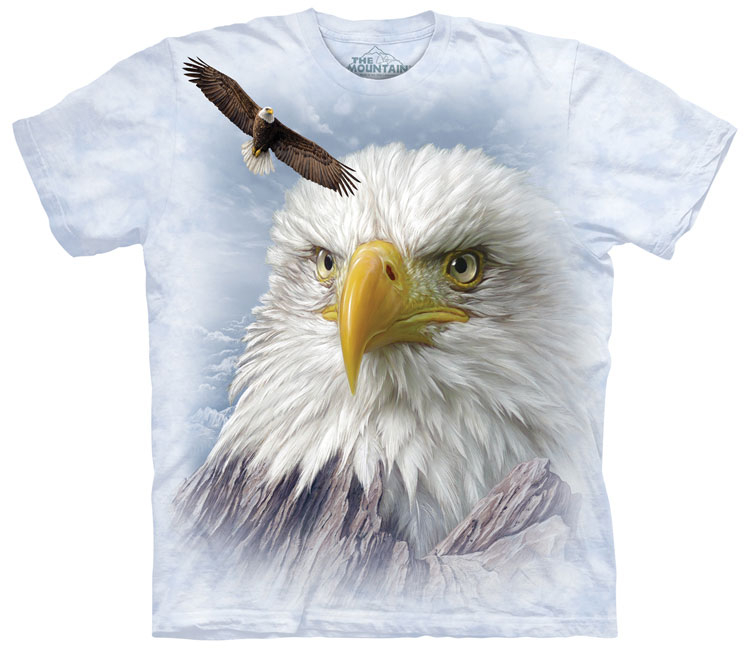
Facing the Future: Challenges and Opportunities in Bald Eagle Conservation Efforts
Facing the Future: Challenges and Opportunities in Bald Eagle Conservation Efforts In the ever-evolving landscape of wildlife conservation, the story of the bald eagle stands as a testament to the power of dedicated conservation efforts. Once teetering on the brink of extinction, these majestic birds have experienced a remarkable recovery, drawing attention to the critical […]
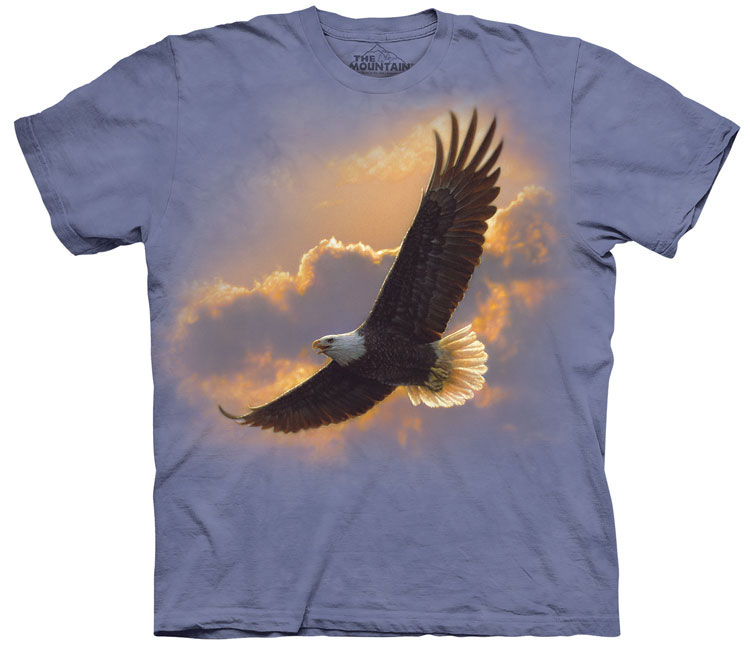
Public Awareness: The Unsung Hero in the Bald Eagle Conservation Story
Public Awareness: The Unsung Hero in the Bald Eagle Conservation Story Bald eagles, once teetering on the brink of extinction, now soar as a testament to the power of concerted conservation efforts. These majestic birds have long captured the public’s imagination, serving as a symbol of freedom and resilience. Today, the story of bald eagle […]
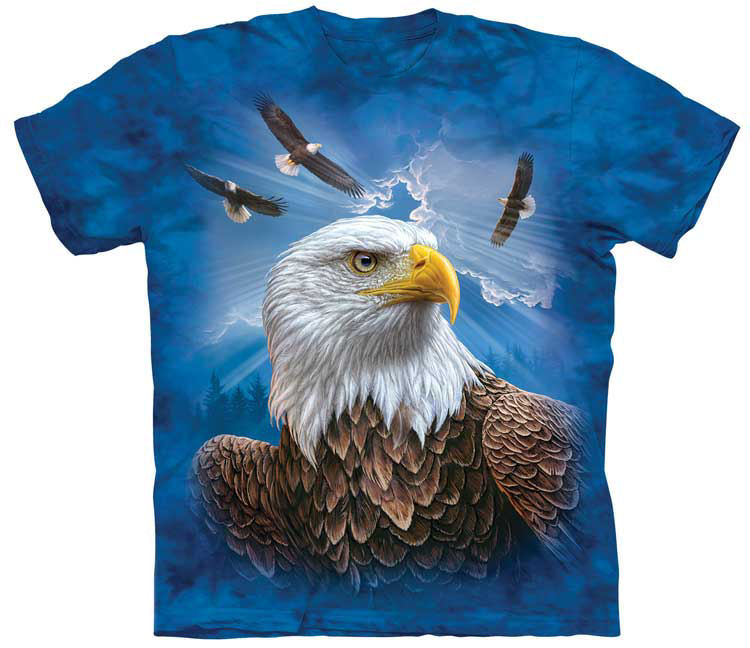
Discover the Bald Eagle Habitat: Exploring the Home of America’s National Bird
Discover the Bald Eagle Habitat: Exploring the Home of America’s National Bird Beneath the vast skies and along the serene waterways of North America lies the majestic realm of the bald eagle, the revered national bird of the United States. As an enduring symbol of freedom and resilience, the bald eagle captivates with its powerful […]
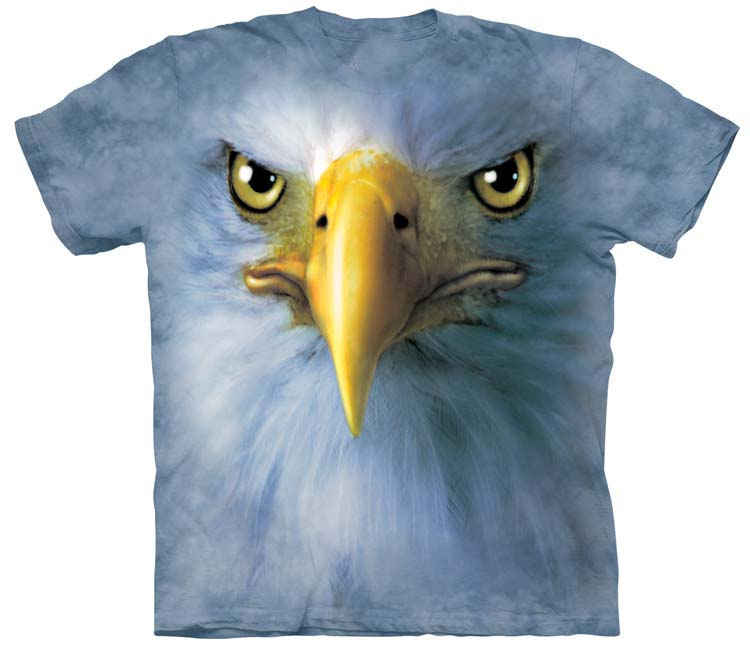
Bald Eagle Size and Strength: How They Compare to Other Raptors and What It Means for Their Survival
Bald Eagle Size and Strength: How They Compare to Other Raptors and What It Means for Their Survival When it comes to the majestic realm of raptors, bald eagles stand out with their commanding presence and formidable stature. Their impressive size, marked by a striking eagle wingspan and substantial bald eagle weight, plays a crucial […]
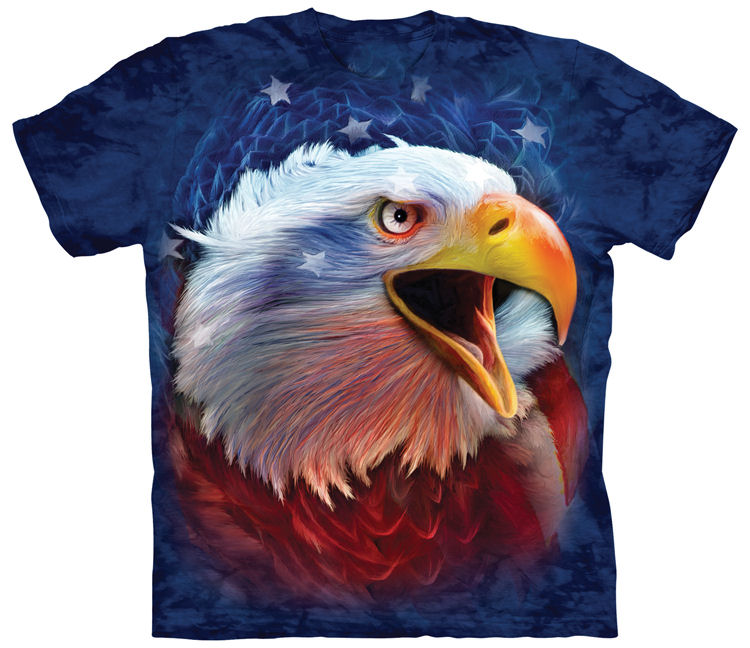
The Majestic Wingspan of the Bald Eagle
The Majestic Wingspan of the Bald Eagle: How It Compares to Other Birds of Prey The bald eagle, with its commanding presence and formidable wingspan, has long been a symbol of strength and freedom. As you explore the world of birds of prey, understanding how the bald eagle’s wingspan compares to its avian peers is […]
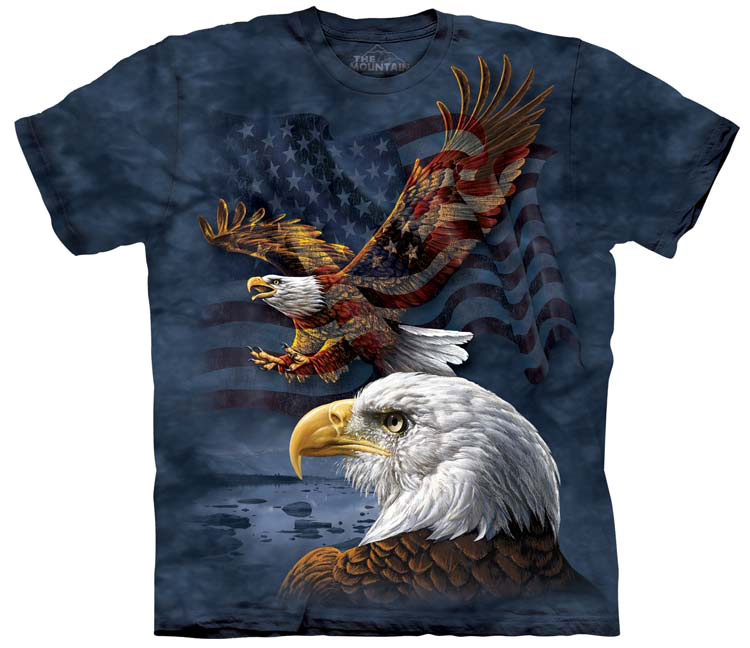
How Bald Eagles Hunt: A Closer Look at Their Unique Bird Hunting Techniques
How Bald Eagles Hunt: A Closer Look at Their Unique Bird Hunting Techniques In the realm of avian predators, bald eagles stand out with their remarkable hunting prowess and distinctive feeding habits. As majestic symbols of strength and freedom, these raptors have developed unique bird hunting techniques that make them formidable hunters in the wild. […]
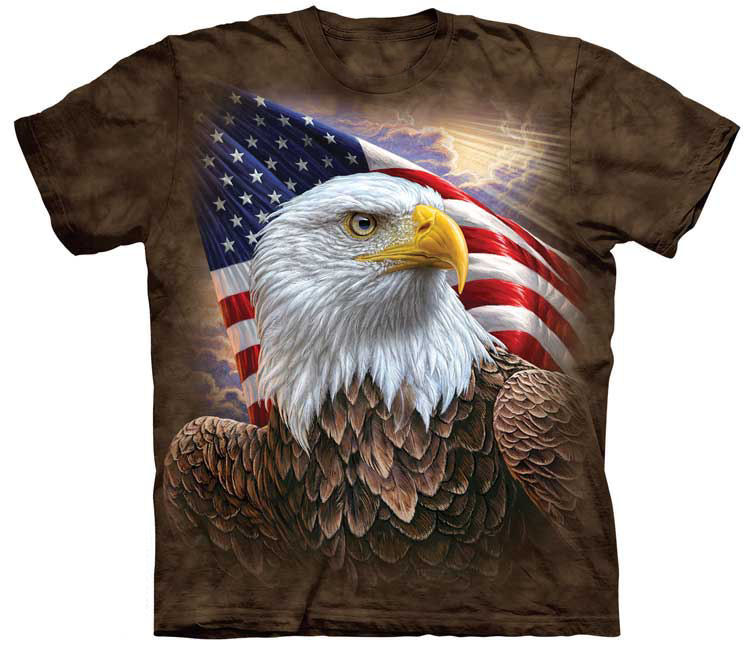
Eagle Lifespan Explained: How Habitat and Environmental Impact Shape Their Years
Eagle Lifespan Explained: How Habitat and Environmental Impact Shape Their Years Eagles are majestic symbols of freedom and power, captivating bird watchers and wildlife enthusiasts alike with their soaring grace and impressive wingspans. However, understanding the bald eagle lifespan requires delving beyond their iconic presence to explore how eagle longevity is intricately tied to their […]

Discovering Bald Eagle Habitats: Where Nature Thrives and Eagles Nest
Discovering Bald Eagle Habitats: Where Nature Thrives and Eagles Nest In the heart of the wild, where nature’s splendor meets the sky, bald eagles find their sanctuary in diverse and thriving habitats. These majestic birds are drawn to nesting sites near expansive lakes, flowing rivers, and the rugged beauty of coastal regions. Such environments offer […]

From Past to Present: The Fascinating Origins of the Bald Eagle’s Name
From Past to Present: The Fascinating Origins of the Bald Eagle’s Name The bald eagle, a majestic bird often associated with the spirit of freedom, has a name steeped in intriguing history and cultural significance. Contrary to today’s understanding, the term ‘bald’ in the context of these regal creatures does not imply a lack of […]
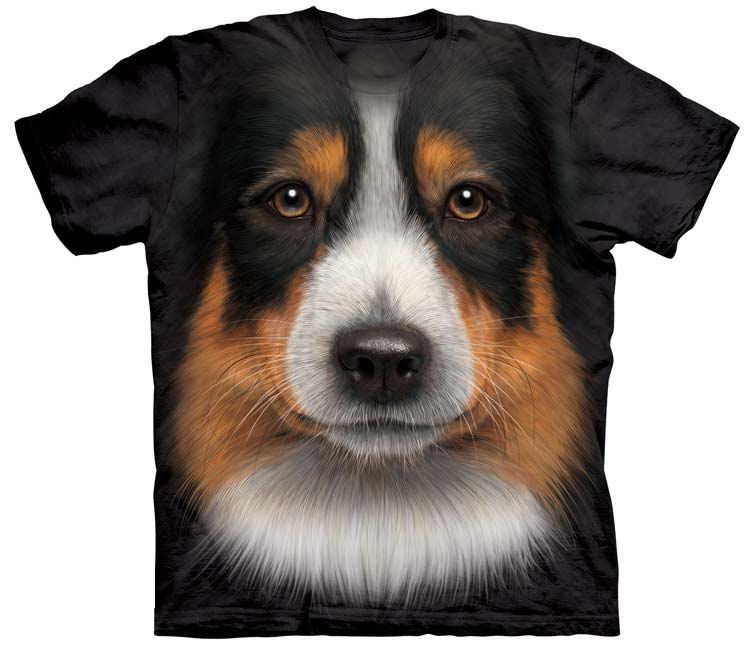
Unlock the Secrets of Dog Grooming: How Often to Bathe a Dog for Optimal Coat Care
Unlock the Secrets of Dog Grooming: How Often to Bathe a Dog for Optimal Coat Care Unlocking the secrets of dog grooming can feel like unraveling a mystery, but understanding how often to bathe your furry friend is a crucial step toward optimal coat care. Whether you’re a seasoned dog owner or a budding pet […]
Read more interesting animal facts here
Follow us on Facebook and Twitter to receive 10% off your order!
Size Chart – Dropship – Contact Us – Track Order
Baby Onesies – Hoodies – Ladies Tee Shirts – Long Sleeve Shirts – Mini Dresses – Aquatic – Bears – Big Cats – Birds – Bison – Cats – Deer – Dinosaurs – Dogs – Dolphins – Dragons – Eagles – Elephants – Fairies – Farm Animals – Frogs – Giraffes – Horses – Lions – Moose – Native American Indians – Other – Outdoor – Patriotic – Peace – Primates – Reptiles – Scary – Tigers – Unicorns – Wolf – Hats

